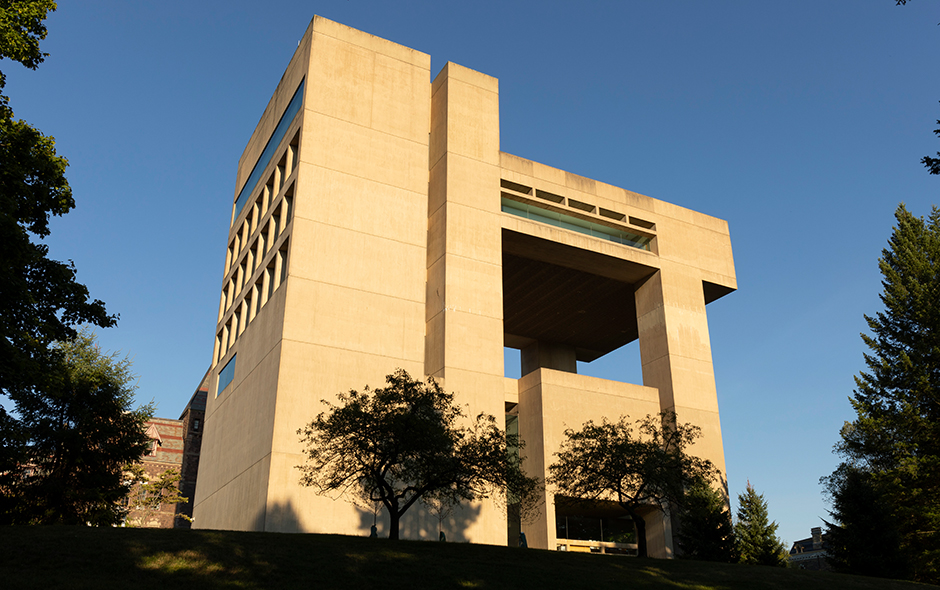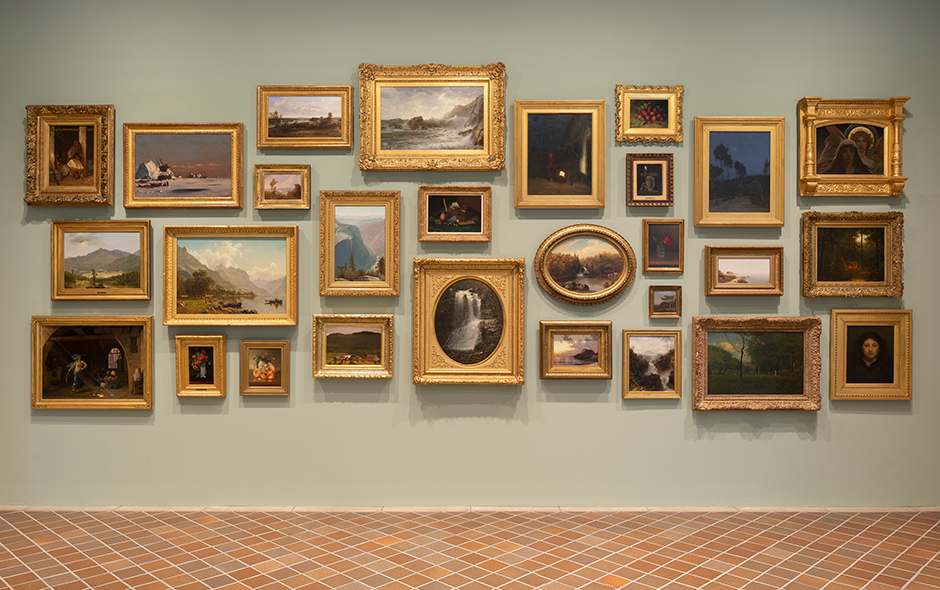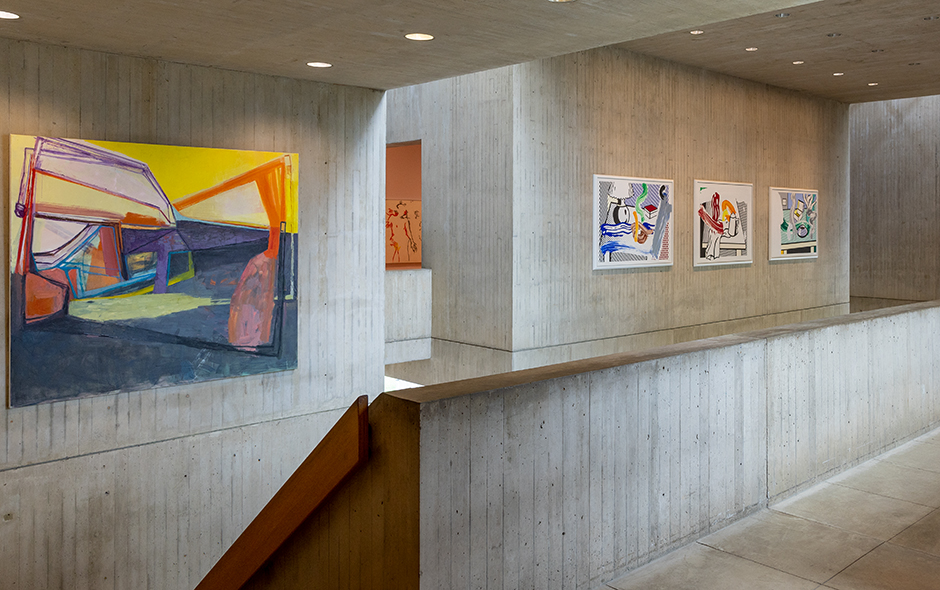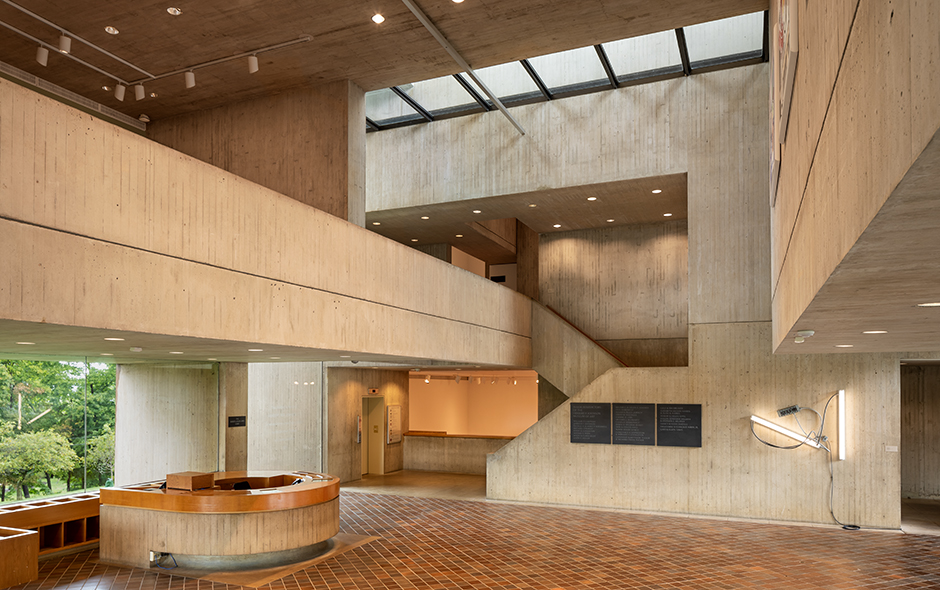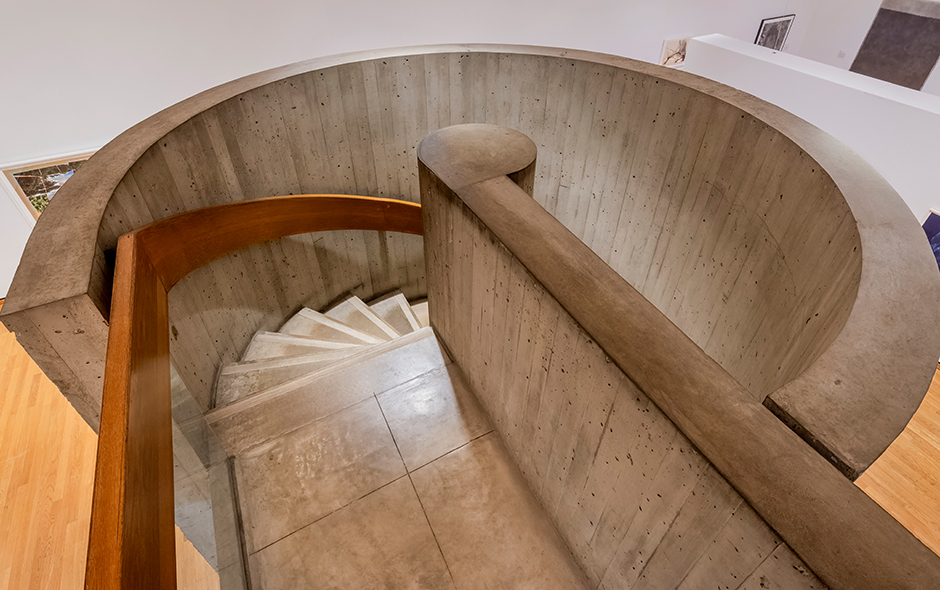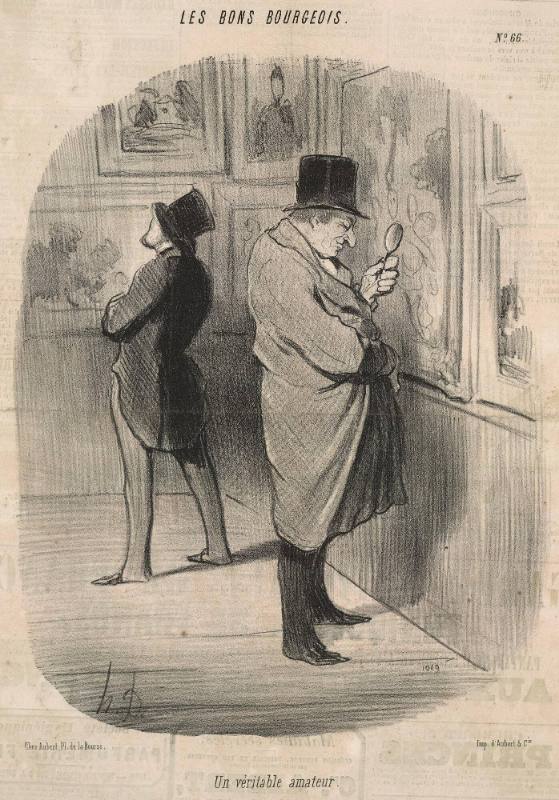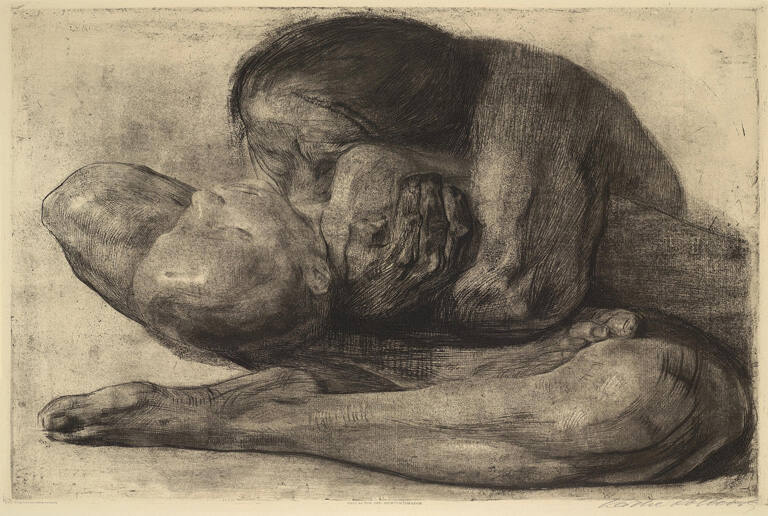
Object Details
Artist
Käthe Kollwitz
Date
1903
Medium
Etching
Dimensions
Image: 16 1/2 x 19 inches (41.9 x 48.3 cm)
Sheet: 20 3/8 x 26 7/8 inches (51.8 x 68.3 cm)
Credit Line
Bequest of George H. Sabine
Object
Number
61.147
There is an acute intensity of emotion that runs throughout Käthe Kollwitz’s work. This particula(…)
There is an acute intensity of emotion that runs throughout Käthe Kollwitz’s work. This particular image depicts a mother cradling her dead child. As the woman’s head plunges into her lap, her face is entirely obscured, creating a universal image of grief. The mother’s position and her nakedness bring out the raw pain associated with the loss of a child. Additionally, the coupling of both misty and more sharply etched lines highlights the anonymity of the mother and her incredible grief; she exists in a world all to her own. As is often noted, the work was also prophetic for the artist: her son Peter would die eleven years later in 1914 during World War I. (“Imprint/ In Print,” curated by Nancy E. Green with assistance from Christian Waibel ’17 and presented at the Johnson Museum August 8 – December 20, 2015)



